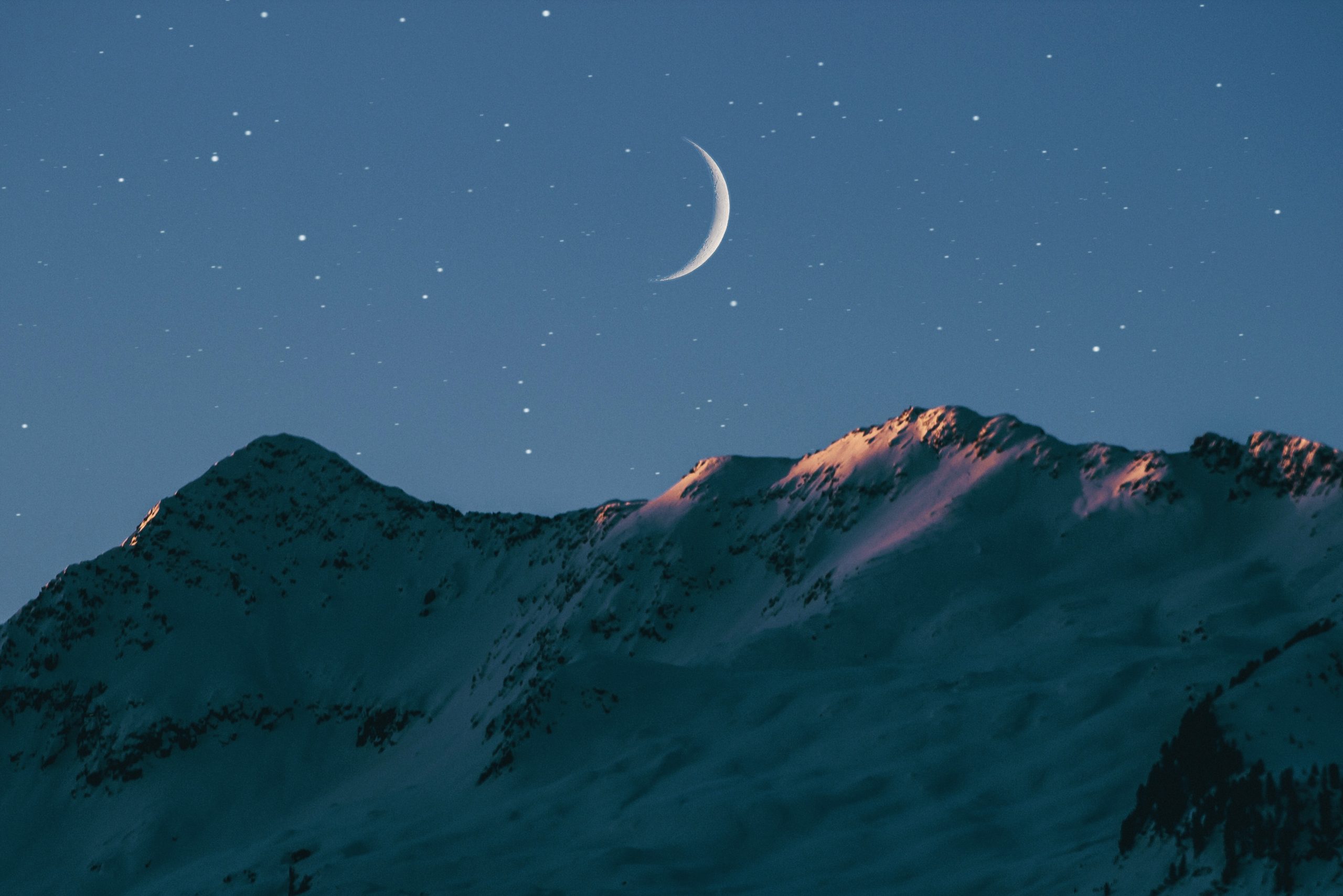Do Moon Phases Affect Tides?
Tides, the alternating rise and fall of sea levels, have fascinated humans for centuries. People living near coastlines have noticed that the movement of the ocean seems to be influenced by the phases of the moon. But is there really a connection between moon phases and tides? In this blog post, we’ll explore this phenomenon in detail, examining the scientific principles behind tides and how the moon plays a crucial role in shaping them.
The Science Behind Tides
Before diving into the relationship between moon phases and tides, let’s first understand the science behind tides themselves. Tides are primarily caused by the gravitational pull of celestial bodies, namely the moon and the sun, on the Earth’s oceans.
While the sun is much larger than the moon, it is also significantly farther away. As a result, the moon’s gravitational force has a greater impact on the tides compared to the sun’s. The moon’s gravitational pull creates a bulge on the side of the Earth closest to it, causing a high tide. Simultaneously, another bulge is formed on the opposite side of the Earth due to centrifugal force caused by the Earth’s rotation, resulting in a second high tide on the opposite side.
Conversely, the areas between these two bulges experience low tides due to the gravitational forces being weaker in those regions. Therefore, the Earth experiences two high tides and two low tides within a 24-hour period. This pattern is known as a tidal cycle.
Moon Phases and Tidal Variation
Now that we have a basic understanding of tidal mechanics, let’s explore the connection between moon phases and tidal variation. The moon goes through different phases as it orbits the Earth. The four primary moon phases are:
- New Moon
- First Quarter Moon
- Full Moon
- Last Quarter Moon
During a new moon or a full moon, the Earth, moon, and sun are aligned, with the sun’s gravitational pull reinforcing the moon’s. These alignments lead to increased tidal range, known as spring tides. Contrary to their name, spring tides have nothing to do with the season; instead, the word “spring” refers to the tide’s upward springing motion.
During spring tides, the high tides are higher than usual, and the low tides are lower than usual. This means that the tidal range, or the difference in height between high and low tide, is at its maximum. Spring tides occur approximately twice a month, during the full moon and new moon phases.
In contrast, during the first and last quarter moon phases, the sun, moon, and Earth form a right angle. The sun’s gravitational pull partially cancels out the moon’s gravitational pull, resulting in decreased tidal range, known as neap tides. Neap tides occur about twice a month, during the first and last quarter moon phases.
The Importance of Moon Phases in Tidal Prediction
Understanding the relationship between moon phases and tidal variation is crucial for predicting tides accurately. This knowledge is invaluable to a wide range of people, including fishermen, sailors, beachgoers, and coastal engineers.
For example, fishermen rely on tidal predictions to determine the best times for fishing. Certain fish species are more active during high tides when food is plentiful, while others prefer low tides when they can access hidden areas.
Sailors and boaters use tidal information to plan their routes and docking times. Being aware of the tidal range can help them avoid shallow areas and navigate safely through narrow channels.
Coastal engineers take moon phases into account when designing structures like piers, docks, and breakwaters. The tidal range influences the forces these structures may experience during high and low tides, impacting their stability and functionality.
Conclusion
There is no denying the influence of moon phases on tides. The moon’s gravitational pull directly affects the rise and fall of ocean waters, leading to tidal variation. Understanding the relationship between moon phases and tides is vital for various professions, from fishing to sailing and coastal engineering. By monitoring moon phases and tidal predictions, individuals can make informed decisions, allowing them to safely and effectively engage with the dynamic and mesmerizing nature of tides.
Next time you find yourself gazing out at the ocean, take a moment to appreciate the intricate dance between Earth, moon, and sun that shapes the ebb and flow of the tides.
Table of Contents
